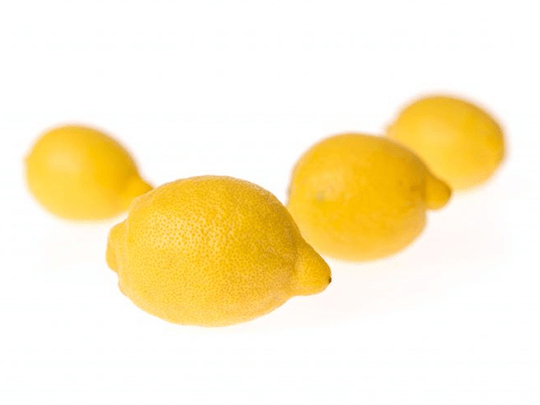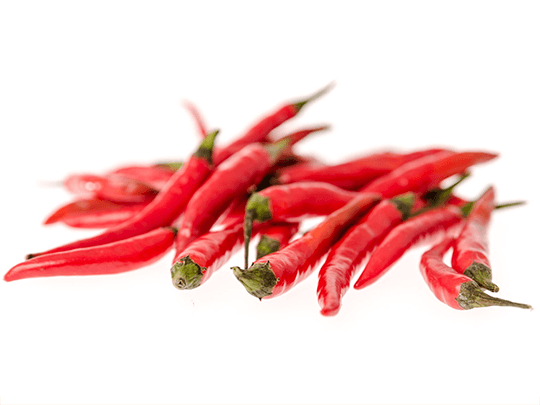Meeting antibiotic free demand with phytogenics
How do you try to overcome gastric flu? You might not resort to antibiotics directly but to chamomile tea. Probably you know, that an early use of antibiotics can quickly lead to bacterial resistance. Antibiotic-resistant bacteria cause severe sickness in more than 2 million people in the US, leading to more than 20.000 deaths annually. The reason for resistant bacterial strains is not only a naive and careless use of antibiotics by humans, but also livestock production has an influence.

Seeking healthy animals, numerous livestock producers used to give antibiotic growth promoters (AGPs) to their livestock. AGPs provided an effective means of fostering healthy livestock and optimizing performance. These tools helped increase feed utilization and growth.
With antibiotic resistance concerns rising, Europe banned AGPs in 2006. U.S. federal rules established in 2017 severely restricted the use of how antibiotics can be administered to animals in feed and water. Do you want additional information about AGPs in animal nutrition?
Just like earlier generations, today’s livestock producers aren’t throwing in the towel because yesterday’s technologies don’t fit today’s marketplace. Necessity drives innovation, so livestock producers are replacing AGPs with phytogenics.

Phytogenic feed additives (PFAs), commonly defined as plant-based feed additives or botanicals, comprise a wide range of plants, like herbs and spices and plant-derived products like essential oils and oleoresins. In other words, they’re natural and not chemically created.
Through their natural components, assorted phytogenics can provide sensorial stimulation, palatability, increased intestinal tract enzymatic activity, nutrient absorption and utilization, antioxidant effects and reduced bacterial pathogenicity. These activities stimulate appetite and kick digestion into gear.
Generating more with less
With increased scrutiny from consumers and pressure on governing bodies, AGP use is declining. By removing AGPs from livestock rations, antibiotic resistance concerns have been addressed. Combined with modern production systems applying good hygiene and production practices, phytogenics are one option for filling the AGP gap. No other feed additive can better connect the power of nature and its processes from farm to fork.
Addressing another consumer and global concern, some assorted PFAs have also shown to reduce the animal agriculture’s carbon footprint via reduced ammonia, methane and greenhouse gas emissions. Studies show feeding selected phytogenics may yield to a 25 percent reduction in ammonia emissions in poultry on average and up to 10 percent reduction in methane emissions in ruminants.
The future is now. With the antibiotic-free animal protein market at 60 percent and growing, meet today’s and tomorrow’s market demand with phytogenics. These powerful and natural products do not contribute to antibiotic resistance or require product rotation. They are also surprisingly powerful in rations when perfectly blended and processed. Meet that growing demand with thoroughly tested and evaluated PFAs.
References available upon request
Do you want to discover more benefits of phytogenics?

Anne Oberdorf
Anne has always been fascinated by the unknown, the diversity and beauty of nature. Her love for nature brought her to Delacon in 2018 after studying agricultural sciences, where she worked as Technical Communications Manager and later as Product Manager Aquaculture. Since February 2021, she has been taking a new, natural career path outside of Delacon.










